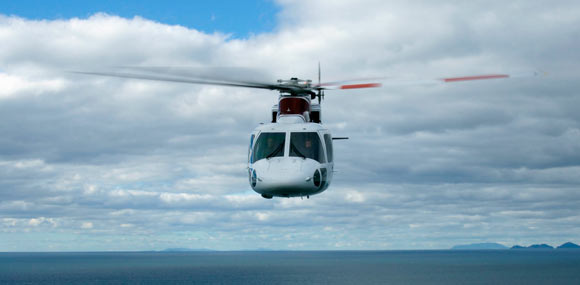“Low Level” Crew Resource Management
This is a course designed from the ground up, for aircraft and crews that work
and operate at lower levels. Low-Level CRM was designed and developed by the team at
Utilities/Aviation Specialists Inc., the same group that has delivered the lifesaving “Flying
in the Wire and Obstruction Environment” training courses to over 25,000 crewmembers
all around the globe.
This course looks at the similarities, but also the many differences and unique
communications skills needed by low level crews to operate safely close to the ground
that either aren’t necessary or don’t apply to crews operating at altitude.
Airlines operate from point to point in a highly controlled environment and their CRM is
centered around communications to manage all of the risks and hazards associated with
that environment.
Low-level crew interaction is much more complex and demanding and their CRM must
take into account the many differences brought about by the ever changing job specific
hazards and all of their associated mission specific communications. Flight critical
communications low-level routinely comes from crewmembers that are non-pilots or are
part of their very crucial ground support team.
The course is highly interesting and educational as it walks your crews through all the
unique differences and necessary communication skill sets needed to operate in the lowlevel
environment.
“LOW LEVEL CREW RESOURCE MANAGEMENT”
A brief overview of the course content:
History of Crew Resource Management – it did not start with the Airlines, it’s at least 400 years old.
Why CRM is absolutely essential during low level flight operations.
The four realms of flight on planet Earth.
Why CRM Low-Level is so very different than traditional airline (Social Science based) CRM.
The Basic Awareness’s you must have about Low Level CRM in order for it to function effectively.
The similarities and differences between Low Level CRM and CRM at altitude.
Understanding “Code Red” communications.
Situational Awareness as applied to Low Level CRM.
The four Conditions of Awareness you must understand in order to conduct safe operations.
Breaking the accident chain.
Spotting human error.
Effective communication at Low-Level.
WHY collective input is so essential in Low Level Operations.
PIC Authority.
What we can learn and use from the military culture.
Why people hesitate to speak up and how to immediately stop that hesitation.
The Probe and Challenge methods of communication.
Assertiveness – How to exercise it and why it is essential.
Conflict resolution.
Responsibilities of each crewmember.
Speech mitigation.
Single pilot application of Low Level CRM principles.
In-flight communications.
Mandatory call-outs.
Error and Threat Management Low-Level.
Why understanding Visibility Science is so critical to LLCRM.
Why scanning low-level is completely different than scanning at altitude.
Situational Blindness.
CRM as applied to ground crewmembers.
Short term memory loss and how to cure it.
Pressure to fly and how to deal with it.
Human factors affecting Low Level CRM.
Dealing with distractions.
Identifying hazardous altitudes.
Spotting false experience.
The Fatal Assumptions.
